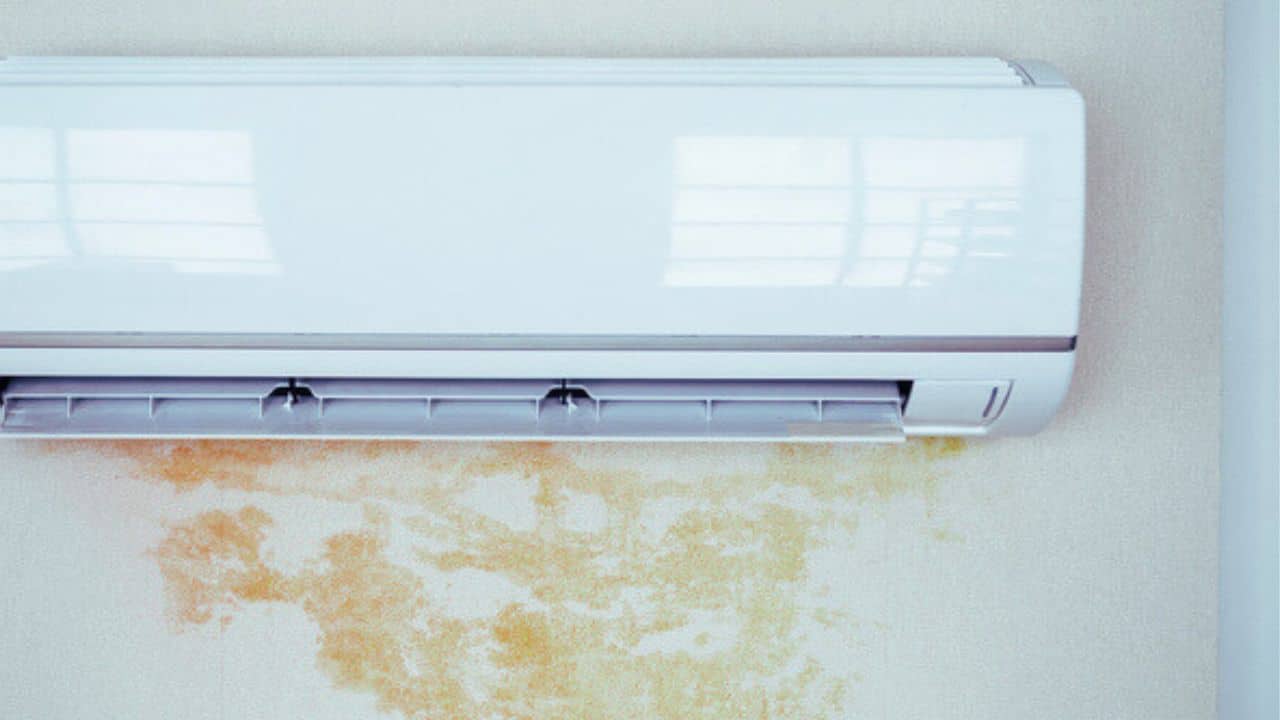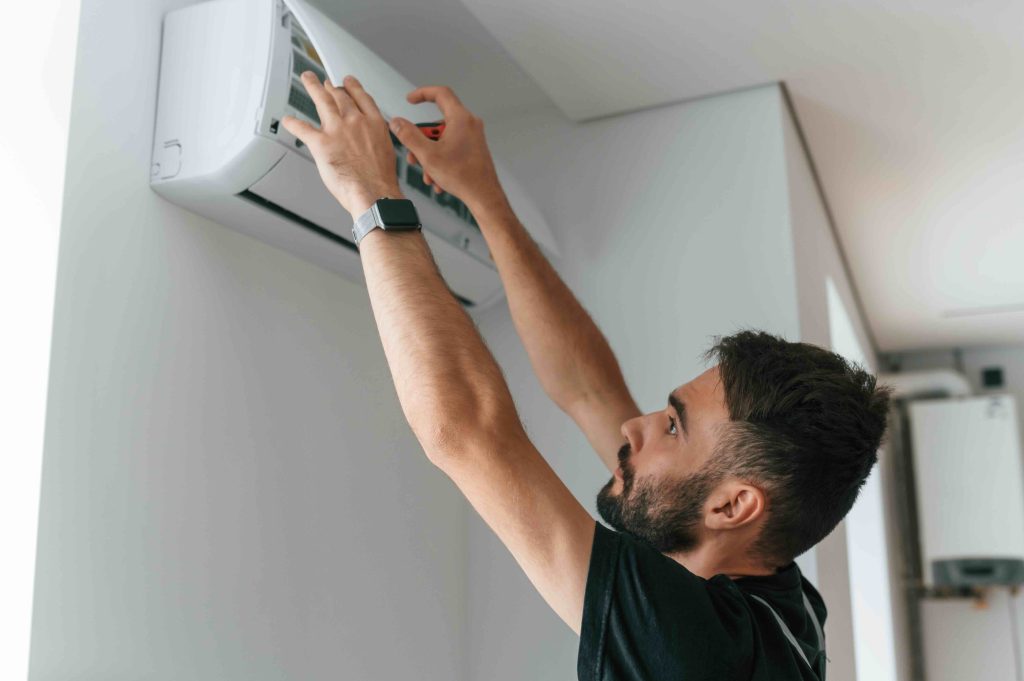A well-functioning air conditioning system ensures optimal comfort both in summer and winter. However, a malfunction can occur, such as an air conditioning leak. This problem can cause a loss of energy efficiency, increased electricity consumption, and in some cases, damage to the system. It is therefore essential to detect a leak quickly to avoid costly repairs and extend the lifespan of the unit.
Detecting an air conditioning leak requires an understanding of possible causes, warning signs, and appropriate detection methods. This article will guide you through five steps, highlighting the best practices to identify a leak and take the right measures.
1. Understanding the causes of an air conditioning leak
An air conditioning leak can be caused by several factors. Among the most common is a lack of sealing in the refrigerant lines. Over time, vibrations from the unit and temperature variations can create microcracks in the refrigerant circuit, causing leaks.
Another frequent factor is the buildup of dirt and mold in the condensate tray. When the drainage of water produced by condensation becomes clogged, water can overflow and cause a leak. This issue often results from poor maintenance or improper installation.
Finally, a leak can also be caused by overpressure in the circuit. Excess refrigerant or a fault in the compressor can create pressure that weakens joints and fittings. Poor installation or heavy use without regular maintenance can worsen this problem.
2. Identifying the signs of an air conditioning leak
Several signs can indicate the presence of a leak. The first and most obvious is a decrease in system performance. If your air conditioner no longer cools as efficiently as before or takes longer to reach the desired temperature, this could signal a refrigerant leak.
Another key indicator is the presence of frost or ice on the refrigerant lines or the indoor unit. A loss of refrigerant can cause a significant pressure drop, leading to abnormally low temperatures in parts of the system. This can also be accompanied by a hissing or bubbling sound, indicating a gas leak.
Excess humidity or puddles of water under the indoor unit are also telltale signs. A water leak can result from a clogged condensate tray that prevents proper drainage of condensation water. An unusual smell, especially a chemical odor, may also indicate that refrigerant is escaping.
3. Methods to detect an air conditioning leak
When you suspect a leak, several methods can confirm its presence. The first involves using a soapy water solution. By applying a mix of soap and water on the refrigerant lines and fittings, you can observe bubbles forming at the leak point.
Another effective method is using an electronic leak detector. This device detects refrigerant particles in the air and signals a leak with a sound or light indicator. This technique is especially useful for leaks invisible to the naked eye.
Using a fluorescent tracer is also a common technique among professionals. The dye injected into the circuit makes leak points more visible. Finally, a pressure gauge inspection can verify refrigerant pressure levels. An abnormal pressure drop often indicates a leak.
4. What to do in case of an air conditioning leak
If a leak is detected, several immediate actions should be taken. First, turn off the unit to prevent worsening the situation and to avoid further refrigerant loss.
Then, depending on the source of the leak, different solutions are possible. If the leak comes from a damaged refrigerant line, a qualified technician can repair it by soldering the affected area or replacing the pipe. If the leak is caused by a condensate tray issue, cleaning and unclogging the drain is often enough to resolve the problem.
In the case of a major refrigerant leak, it is imperative to contact a professional. Only certified technicians are authorized to handle refrigerants safely and to recharge the circuit properly to ensure optimal air conditioner performance.
5. Prevention and maintenance to avoid leaks
The best way to prevent an air conditioning leak is to adopt a regular maintenance routine. Cleaning the filters monthly helps prevent dust buildup that could block the system and cause leaks. Additionally, an annual inspection by a professional ensures that refrigerant lines are in good condition and helps detect issues before they worsen.
Inspecting joints and fittings is also essential to prevent leaks. Over time, these components can loosen or wear out, creating weak points in the refrigerant circuit. A visual inspection and periodic tightening help prevent refrigerant loss.
Finally, ensure the air conditioning installation meets all proper setup standards. Poor installation can place excessive pressure on certain parts of the circuit, increasing the risk of leaks. Entrusting the installation to a professional guarantees optimal performance and durability.
Conclusion24
Detecting an air conditioning leak quickly is essential to ensure system efficiency and avoid expensive repairs. By identifying warning signs and using proper detection methods, it is possible to act in time to limit damage.
Prevention remains the key to avoiding leaks. Regular maintenance, careful installation, and frequent inspections help extend the unit’s lifespan and ensure smooth operation all year round. If in doubt, contact a professional for an accurate diagnosis and effective repair. This way, your air conditioner will operate efficiently, providing comfort and energy savings. Do not hesitate to contact us if you need assistance on this matter.



